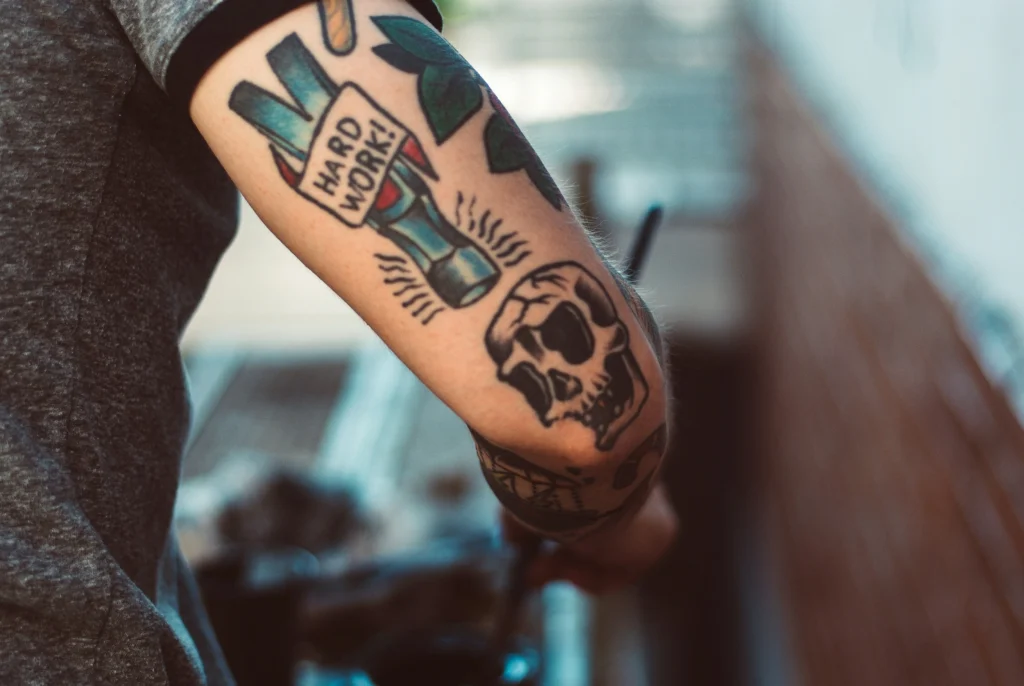
Tattoo fonts and lettering styles have become an integral part of modern tattoo culture, providing a unique way to express personal stories, sentiments, and cultural influences. Whether you’re considering your first tattoo or you’re a seasoned collector, the lettering style you choose can drastically impact the design and its meaning. In this article, we’ll explore the different tattoo fonts, the origins of various styles, and tips for selecting the right font for your body art.
Tattoo fonts, also known as tattoo lettering, refer to the various styles of text used in tattoo designs. Each font has its own personality, shape, and historical context. From delicate scripts to bold, angular letters, the right choice of font can either enhance the meaning of the tattoo or alter its perception entirely.
There is a wide range of tattoo fonts, each with distinct characteristics and historical significance. Below are some of the most popular tattoo lettering styles:
Script fonts are perhaps the most recognizable tattoo lettering style, often used to convey a sense of elegance and sophistication. These fonts mimic cursive handwriting and are ideal for names, quotes, or phrases. There are several variations of script fonts, ranging from delicate and flowing to bold and dramatic.
Old school fonts are heavily influenced by classic American tattoo designs, popularized in the early 20th century. These fonts often feature bold, thick lines and are commonly used in traditional tattoos. The fonts are clear and easy to read, often paired with iconic symbols like anchors, roses, and skulls.
Gothic fonts, often referred to as blackletter fonts, are one of the oldest and most elaborate styles of tattoo lettering. They feature sharp, angular lines and dramatic curves, giving a dark and mysterious appearance. This style is perfect for those looking to make a bold, edgy statement.
Sans-serif fonts are a modern, clean option that works well for tattoos that require a minimalist aesthetic. These fonts lack the small “feet” or strokes that extend from the ends of letters in serif fonts, making them simpler and more streamlined. They are often used for contemporary, chic designs.
Brush script fonts have a hand-painted, free-flowing appearance that adds a sense of fluidity and spontaneity to tattoo designs. These fonts are often used for names, quotes, or phrases that reflect a sense of motion and emotion.
Choosing the right font for your tattoo is more than just picking a style you like. Several factors should influence your decision, such as the meaning, placement, and legibility of the font. Here are some helpful tips to guide your choice:
The font you choose should reflect the meaning or emotion behind your tattoo. For example, a delicate script font might be perfect for a tattoo commemorating a loved one, while a bold, gothic font might be more appropriate for a dark, rebellious design.
Some fonts are better suited for certain areas of the body. For example, fine, detailed script fonts may be difficult to read if placed on a smaller part of your body, like the wrist or ankle. Larger, bolder fonts work better on areas with more space, like the back or chest.
One of the most important considerations is the readability of the font. Highly decorative fonts can sometimes become hard to read, especially as they age or if placed in areas where the skin tends to stretch. It’s essential to strike a balance between style and readability to ensure your tattoo will remain clear for years to come.
Many celebrities and tattoo enthusiasts have popularized certain fonts and lettering styles, helping to shape the tattoo industry’s trends. Some well-known examples include:
Tattoo fonts and lettering styles are much more than just decorative elements—they are a powerful way to communicate personal stories and express individuality. Whether you choose a classic script, a bold gothic font, or a sleek modern style, the lettering you select will play a significant role in shaping the final look and meaning of your tattoo. As with any tattoo, it’s important to choose carefully and work with a skilled artist to ensure that the style aligns with your vision and personal expression.
By understanding the different types of tattoo fonts, their histories, and their unique characteristics, you can make a more informed decision about which style will best suit your tattoo idea. Remember, your tattoo is a lasting form of self-expression, and the right lettering style can help bring your vision to life.